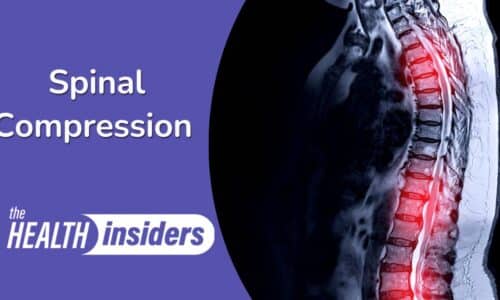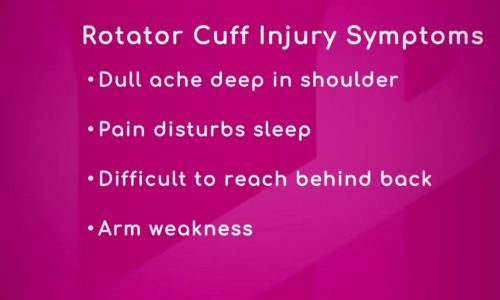Learning About Lumbar Strain |
Dr. Ronald Tolchin, Medical Director of the Baptist Health Center for Spine Care, explains with a 3 D imaging what a lumbar strain is.
The specialist specifies how the lumbar strain occurs.
Transcript
Alright and we have a 3d image that I want to show our viewers and I think this will help you understand what is a lumbar strain so doctor what are we looking at here and how common is this? So we’re looking at the thoracolumbar muscles there. And we have here the little mouse if you want to use a doctor let me engage you right here and you could start pointing it for our viewers there you go. So this is a very broad muscle you could see it takes up most of the back here the thoracolumbar muscle latissimus dorsi which goes all the way up into the arm okay and starts all the way down here and you can see there’s connections of these muscles to the pelvis this is your pelvis right here on one side and this is on the other side so these muscles are very broad when we talk about a muscle strain like we just brought up it could be anywhere within the muscle or it could be where the muscle attaches to the bone another large muscle we have is two trapezius and the trapezius takes up much of the base of the neck and all the way across the shoulders and actually goes down into the mid-back so some people complain a pain in the mid-back in here and it could be due to a strain of this trapezius muscle again commonly due to a sudden forceful pulling of the muscle you weren’t ready for it and it was suddenly pulled or you were in a law you were in a bent position for a long period of time and suddenly got up quickly and those are reasons also to have strains of the muscle and then keep in mind this broad sheath of muscle here in the thoracolumbar region thoracic for the mid-back lumbar for the low back thoracolumbar this muscle takes up the whole broad area and there’s deep muscles to that as well.








